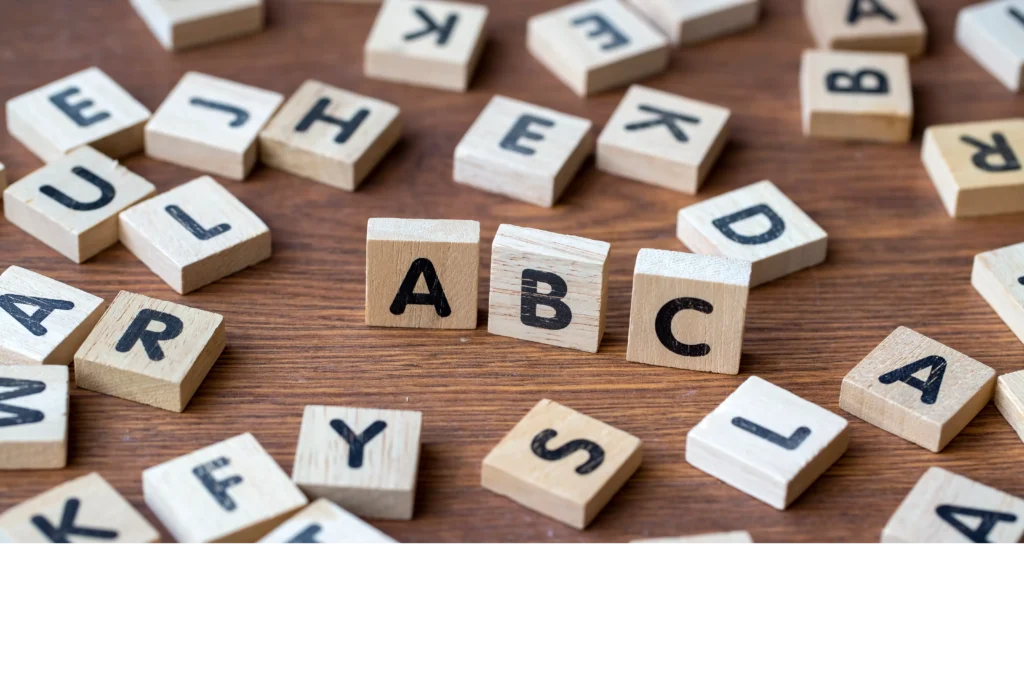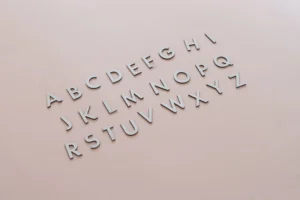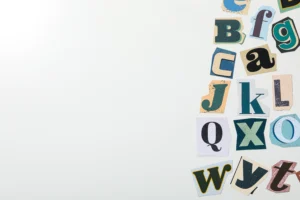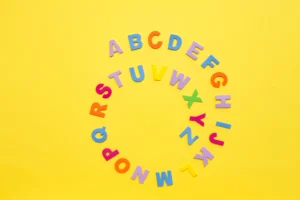
In the world of typography, display fonts are the showstoppers. They are designed to grab attention, evoke emotions, and make a statement. Unlike body fonts, which are meant for readability in long passages of text, display fonts are used for headlines, logos, posters, and other large-scale applications where impact is key. In this article, we will explore the most popular display fonts, their characteristics, and how they can be effectively used in design projects.

Display fonts are a category of typefaces specifically designed for use at large sizes. They often feature unique, decorative, or exaggerated characteristics that make them stand out. These fonts are not typically used for body text because their intricate details can become distracting or hard to read at smaller sizes. Instead, they are perfect for creating a strong visual impact in headings, titles, and other prominent design elements.

Display fonts come in a wide variety of styles, but they generally share some common characteristics:
Now that we understand what display fonts are and their key characteristics, let’s dive into some of the most popular display fonts used by designers today. These fonts have stood the test of time and continue to be widely used in various design projects.
Helvetica is one of the most iconic and widely used typefaces in the world. While it is often used as a body font, its bold and condensed versions make it a popular choice for display purposes. Helvetica’s clean, neutral design makes it versatile and suitable for a wide range of applications, from corporate branding to editorial design.
Futura is a geometric sans-serif typeface that was designed in the 1920s. Its clean, geometric shapes and even weight distribution make it a popular choice for display purposes. Futura’s modern and futuristic look has made it a favorite among designers for decades.
Bodoni is a classic serif typeface that is known for its high contrast between thick and thin strokes. It exudes elegance and sophistication, making it a popular choice for high-end fashion brands and editorial design. Bodoni’s dramatic style makes it perfect for display purposes.
Bebas Neue is a modern sans-serif typeface that is known for its tall, narrow letterforms. It is a popular choice for display purposes due to its bold and impactful appearance. Bebas Neue is often used in web design, movie posters, and branding.
Lobster is a script typeface that is known for its playful and casual style. It features connected letterforms and a hand-drawn appearance, making it a popular choice for display purposes in designs that aim to convey a friendly and approachable vibe.
Trajan is a serif typeface that is inspired by the Roman capital letters found on ancient monuments. It is known for its classic and timeless appearance, making it a popular choice for movie posters, book covers, and formal invitations.
Cooper Black is a serif typeface that is known for its rounded, soft, and friendly appearance. It was extremely popular in the 1960s and 1970s and has seen a resurgence in recent years. Cooper Black is often used in designs that aim to convey a retro or vintage vibe.
Gotham is a sans-serif typeface that was inspired by mid-20th-century American signage. It is known for its clean, geometric shapes and versatility. Gotham has been used in a wide range of applications, from political campaigns to corporate branding.
Playfair Display is a serif typeface that is known for its elegant and sophisticated appearance. It features high contrast between thick and thin strokes, making it a popular choice for editorial design and luxury branding.
Pacifico is a script typeface that is known for its casual and relaxed style. It features a hand-drawn appearance with connected letterforms, making it a popular choice for designs that aim to convey a laid-back and friendly vibe.

Choosing the right display font for your project can be a daunting task, given the wide variety of options available. Here are some tips to help you make the right choice:
Display fonts are a powerful tool in a designer’s arsenal, capable of transforming a design and making it stand out. From the timeless elegance of Bodoni to the playful charm of Lobster, there is a display font for every project and purpose. When choosing a display font, it’s important to consider the tone, readability, and brand alignment to ensure that the font enhances the overall design. By understanding the characteristics and best use cases of the most popular display fonts, you can make informed decisions that elevate your design projects to the next level.
Whether you’re designing a logo, creating a poster, or working on a branding project, the right display font can make all the difference. So, take the time to explore the options, experiment with different styles, and choose a font that truly captures the essence of your design.
Q: Can display fonts be used for body text?
A: Display fonts are generally not recommended for body text due to their intricate details and limited readability at smaller sizes. They are best used for headings, titles, and other large-scale applications where impact is key.
Q: Are display fonts suitable for web design?
A: Yes, display fonts can be used in web design, but they should be used sparingly and at larger sizes to ensure readability. It’s also important to consider web-safe fonts and optimize the font files for fast loading times.
Q: How do I pair display fonts with body fonts?
A: When pairing display fonts with body fonts, it’s important to choose a body font that complements the display font without competing with it. A good rule of thumb is to choose a simple, neutral body font that allows the display font to shine.
Q: Can I use multiple display fonts in one design?
A: While it’s possible to use multiple display fonts in one design, it’s important to do so carefully. Too many display fonts can create a cluttered and confusing design. Stick to one or two display fonts and use them consistently throughout the design.
Q: Where can I find display fonts?
A: Display fonts can be found on various font websites and marketplaces, such as Google Fonts, Adobe Fonts, and MyFonts. Many of these platforms offer both free and paid options, allowing you to find the perfect font for your project.